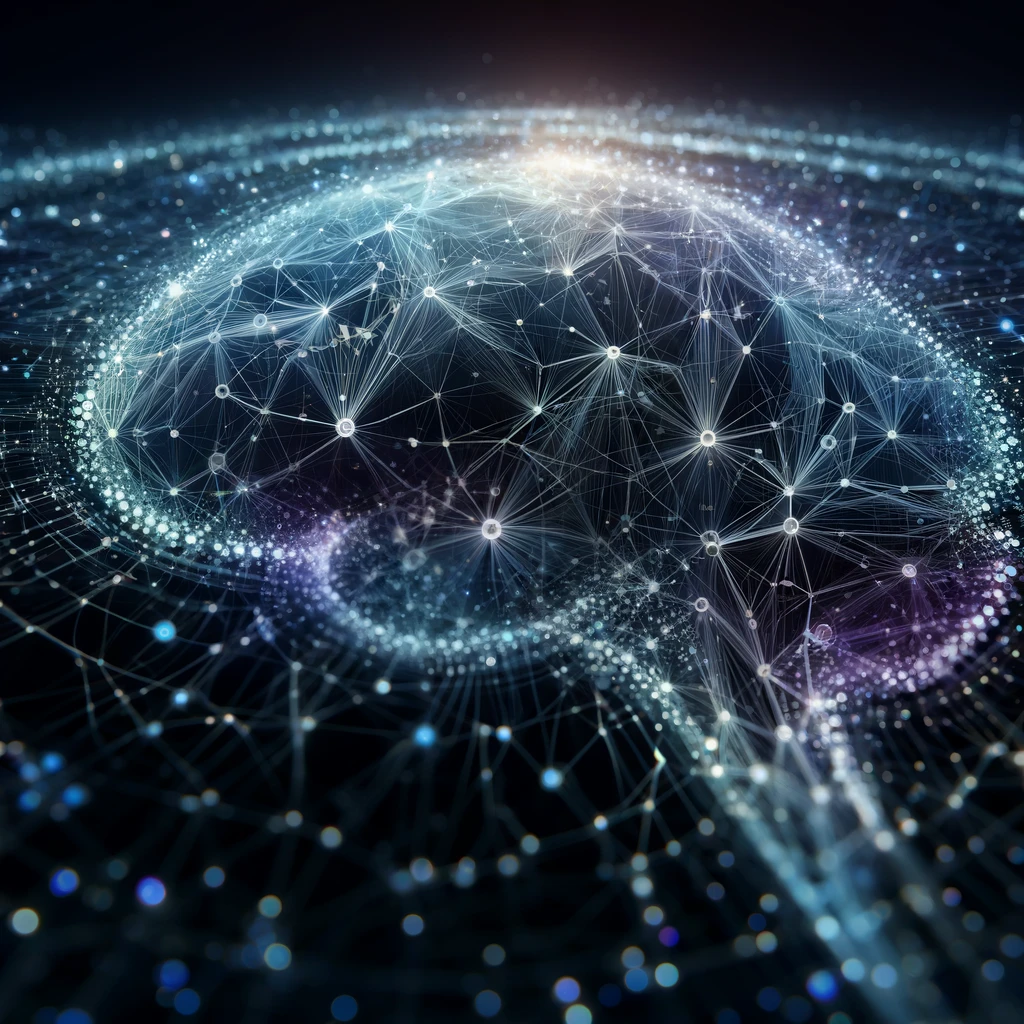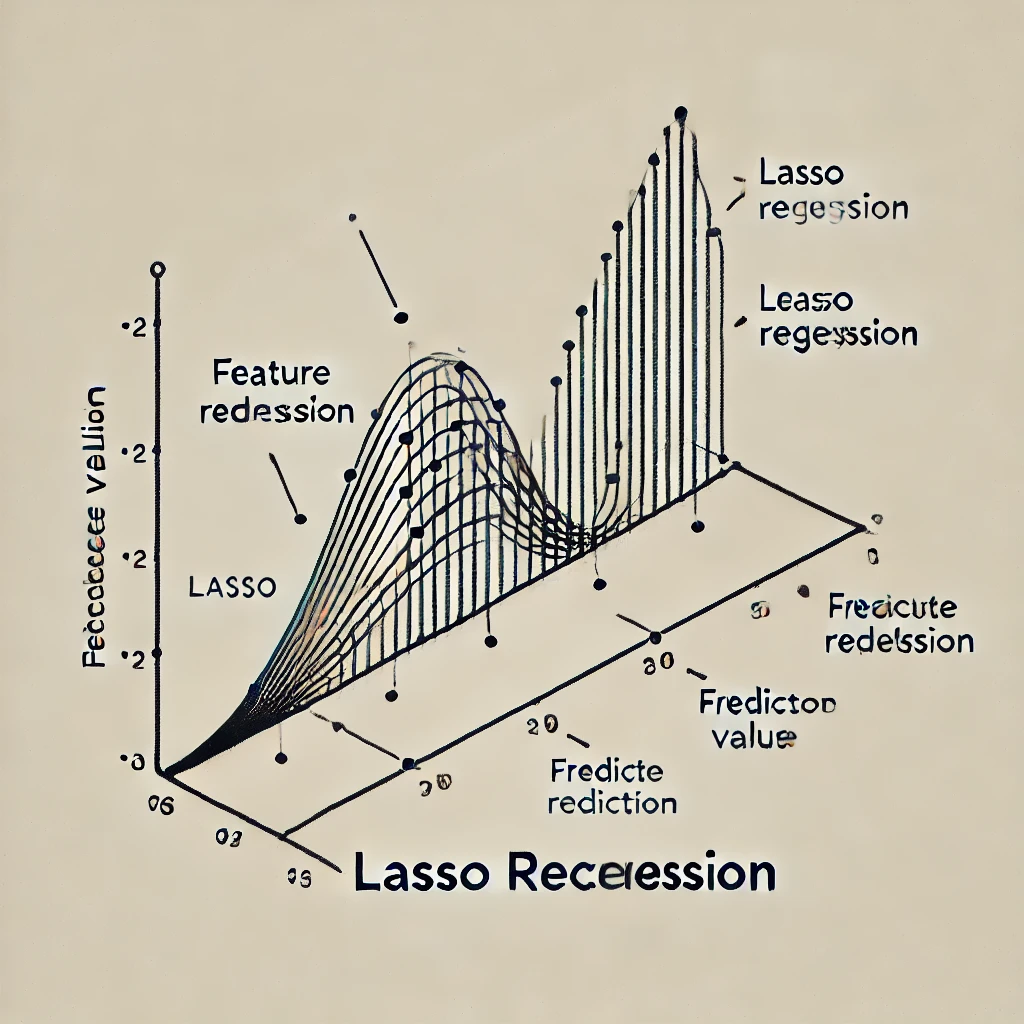4 min to read
Introduction to Neural Networks
Dynamic analyses of mortality

Neural Networks are at the core of what’s driving today’s artificial intelligence (AI) revolution. They are advanced machine learning models inspired by the structure and function of the human brain, designed to mimic the way humans learn and make decisions. These networks are composed of interconnected nodes or “neurons,” which process and transmit information, enabling the system to recognize patterns, make decisions, and predict outcomes.
Their ability to learn from vast amounts of data and their flexibility in handling various types of complex data have made Neural Networks a pivotal component in modern AI, powering advancements in image and speech recognition, natural language processing, and much more.
In the following sections, we will explore the historical background of Neural Networks, delve into their operational mechanisms, and highlight some of their key applications and challenges.
Historical Background
The concept of Neural Networks has been around since the 1940s, starting with the pioneering work of Warren McCulloch and Walter Pitts, who created a computational model for neural networks. In the 1950s and 1960s, Frank Rosenblatt introduced the Perceptron, an early neural network model, which laid the foundation for future developments. However, due to technical and computational limitations, interest in Neural Networks waned until the 1980s.
The resurgence in Neural Network research was sparked by the introduction of the backpropagation algorithm, which allowed networks to adjust their internal parameters and learn from data effectively. This period also saw the development of the concept of deep learning, where Neural Networks with many layers (deep architectures) were found to be exceptionally good at extracting patterns and features from data.
In the 21st century, with the advent of powerful computers and the availability of large datasets, Neural Networks, particularly deep learning models, have become a cornerstone of AI, leading to breakthroughs in various fields such as computer vision, speech recognition, and autonomous vehicles.
How Neural Networks Work
Neural Networks consist of layers of neurons, where each neuron is connected to others from different layers. These connections have weights that adjust as the network learns from data, a process known as training. The training involves feeding data into the network and adjusting the weights through a method called backpropagation, guided by a loss function that measures the network’s performance.
Input Layer: Receives the data to be processed. Hidden Layers: Perform computations and feature extraction. Output Layer: Produces the final decision or prediction. During training, the network makes predictions, calculates the error of its predictions (using the loss function), and then uses backpropagation to update the weights to reduce the error in subsequent predictions.
Types of Neural Networks
Feedforward Neural Networks (FNN): The simplest type where connections between the nodes do not form cycles. Convolutional Neural Networks (CNN): Designed for processing data with a grid-like topology, such as images. Recurrent Neural Networks (RNN): Suitable for sequential data like time series or natural language, capable of maintaining information in ‘memory’ over time. Each type of Neural Network is optimized for different tasks and data types, showcasing the versatility of Neural Networks in addressing a variety of problems.
Applications of Neural Networks
Neural Networks have revolutionized numerous fields by providing powerful solutions to complex problems. Here are some notable applications:
Image and Speech Recognition: CNNs have become the standard in image recognition tasks, capable of identifying objects, faces, and scenes with high accuracy. Similarly, in speech recognition, Neural Networks have dramatically improved the performance of systems, enabling voice-activated assistants and real-time translation services. Natural Language Processing (NLP): RNNs and their advanced variants like LSTM (Long Short-Term Memory) networks have significantly advanced the capabilities in language translation, sentiment analysis, and chatbots. Medical Diagnosis: Neural Networks are used to analyze medical images, detect patterns, and assist in diagnosing diseases with precision comparable to human experts. Financial Services: In finance, they are employed to detect fraudulent transactions, automate trading decisions, and provide personalized customer services.
Challenges and Future of Neural Networks
Despite their successes, Neural Networks face several challenges:
Data Requirements: They often require large amounts of labeled data for training, which can be expensive or difficult to obtain. Interpretability: Neural Networks are sometimes described as “black boxes” because their decision-making processes can be opaque and hard to interpret. Computational Resources: Training sophisticated Neural Networks demands substantial computational power and energy, limiting their accessibility and scalability. Looking ahead, the future of Neural Networks is bright with ongoing research aimed at addressing these challenges. Advances in unsupervised learning, transfer learning, and the development of more efficient and transparent models are paving the way for even more innovative applications and improvements in AI.
Conclusion
Neural Networks, with their brain-inspired architecture and learning capabilities, have become a fundamental technology in the AI landscape. They are not only transforming industries and enhancing our daily lives but also continually evolving, pushing the boundaries of what machines can learn and achieve. As we advance in understanding and improving Neural Networks, they promise to unlock even more potential in the journey of technological progress and innovation.




Comments